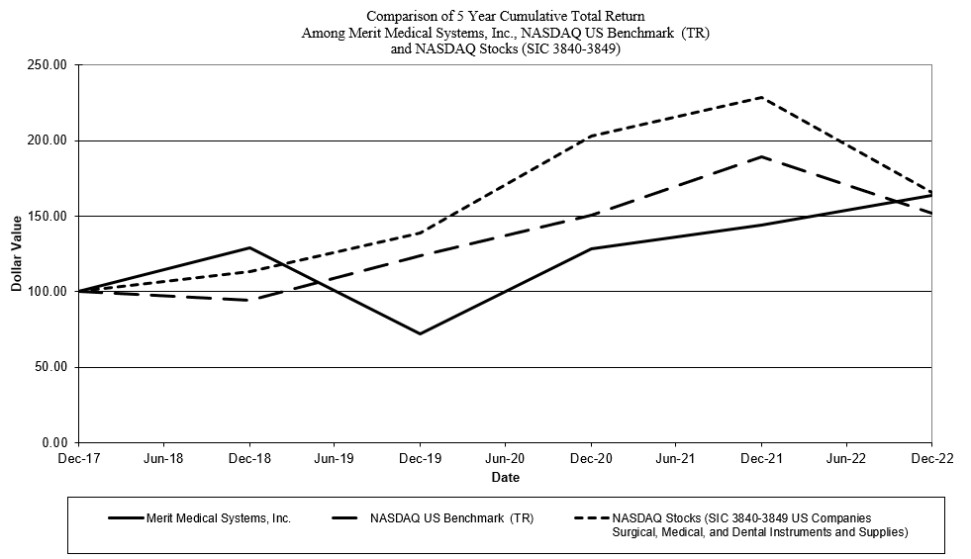rights of others. We have made and expect to continue making significant expenditures to investigate, defend and settle claims related to the use of technology and intellectual property rights as part of our strategy to manage this risk.
Information Technology and Cybersecurity Risks
We rely on the proper function, availability and security of information technology systems to operate our business, and a material disruption of critical information systems or a material breach in the security of our systems may adversely affect our business and customer relationships.
We rely on information technology systems (including technology from third-party providers) to process, transmit, and store electronic information in our day-to-day operations, including sensitive personal information and proprietary or confidential information. We also rely on our technology infrastructure, among other functions, to interact with customers and suppliers, fulfill orders and bill, collect and make payments, ship products, provide support to customers, fulfill contractual obligations and otherwise conduct business. Our internal information technology systems, as well as those systems maintained by third-party providers, may be subjected to computer viruses or other malicious code, unauthorized access attempts, and cyber-attacks, any of which could result in data leaks or otherwise compromise our confidential or proprietary information and disrupt our operations. Cyber-attacks are becoming more sophisticated and frequent, and there can be no assurance that our protective measures have prevented or will prevent security breaches, any of which could have a significant impact on our business, reputation and financial condition, particularly attacks that result in our intellectual property and other confidential information being accessed or stolen.
We rely on third-party vendors to supply and support certain aspects of our information technology systems. These third-party systems could also become vulnerable to cyber-attacks, malicious intrusions, breakdowns, interference or other significant disruptions, and may contain defects in design or manufacture or other problems that could result in system disruption or compromise the information security of our own systems. In addition, we continue to grow in part through business and product acquisitions and, as a result, may face risks associated with defects and vulnerabilities in the systems operated by the other parties to those transactions, or difficulties or other breakdowns or disruptions in connection with the integration of the acquired businesses and products into our information technology systems.
Cyber-attacks could also result in unauthorized access to our systems and products, including personal information of individuals, which could trigger notification requirements, encourage actions by regulatory bodies, result in adverse publicity, prompt us to offer credit support products or services to affected individuals and lead to class action or other civil litigation. If we fail to monitor, maintain or protect our information technology systems and data integrity effectively or fail to anticipate, plan for or manage significant disruptions to these systems, we could (i) lose customers, (ii) be subject to fraud, (iii) breach our agreements with or duties toward customers, physicians, other health care professionals and employees, (iv) be subject to regulatory sanctions or penalties, (v) incur expenses or lose revenues, (vi) sustain damage to our reputation, or (vii) suffer other adverse consequences. Unauthorized tampering, adulteration or interference with our products may also create issues with product functionality that could result in a loss of data, risk to patient safety, and product recalls or field actions. Any of these events could have a material adverse effect on our business, operations or financial condition.
Market, Liquidity and Credit Risks
The agreements and instruments governing our debt contain restrictions and limitations that could significantly affect our ability to operate our business, as well as significantly affect our liquidity.
On July 31, 2019 we entered into a Third Amended and Restated Credit Agreement (“Third Amended Credit Agreement”), with Wells Fargo Bank, National Association, as administrative agent and a lender, and Wells Fargo Securities, LLC, BOFA Securities, Inc., HSBC Bank USA, National Association, and U.S. Bank National Association as joint lead arrangers and joint bookrunners, and Bank of America, N.A., HSBC Bank USA, National Association and U.S. Bank National Association as co-syndication agents. In addition, Bank of America, N.A., HSBC Bank USA, National Association, U.S. Bank, National Association, BMO Harris Bank, N.A., and MUFG Union Bank, Ltd. are parties to the Third Amended Credit Agreement as lenders. The Third Amended Credit Agreement amends and restates in its entirety our previously outstanding Second Amended and Restated Credit Agreement and all amendments thereto (the “Second Amended Credit Agreement”). The Third Amended Credit Agreement contains a number of significant covenants that

